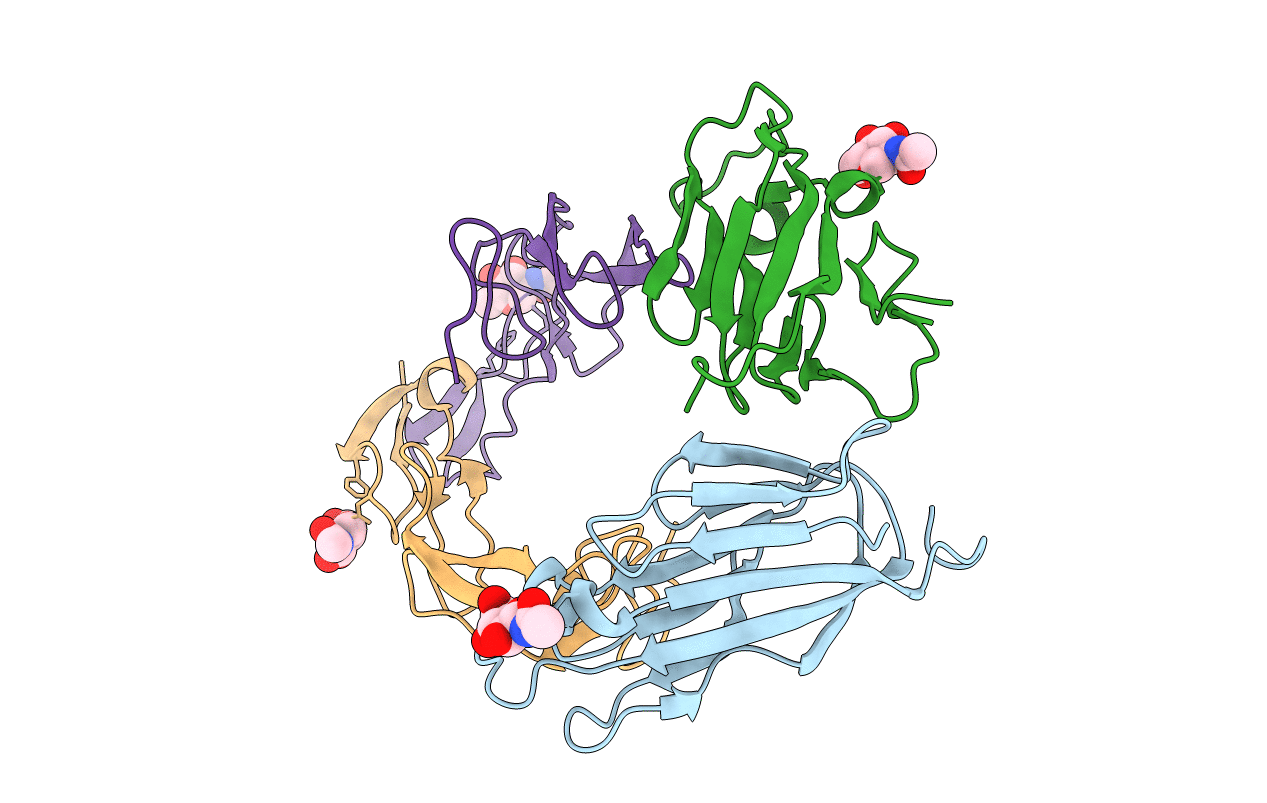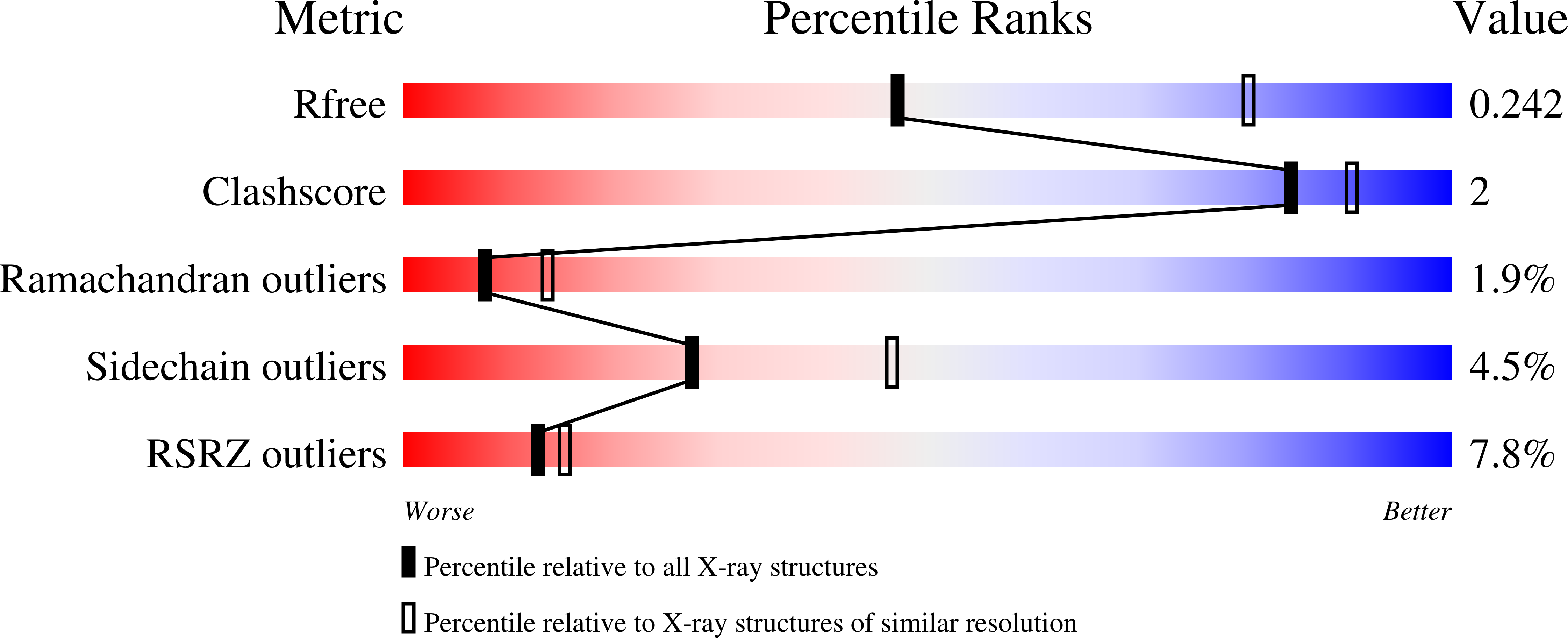
Deposition Date
2021-01-07
Release Date
2022-03-09
Last Version Date
2024-10-23
Method Details:
Experimental Method:
Resolution:
2.75 Å
R-Value Free:
0.23
R-Value Work:
0.22
R-Value Observed:
0.22
Space Group:
I 2 3


